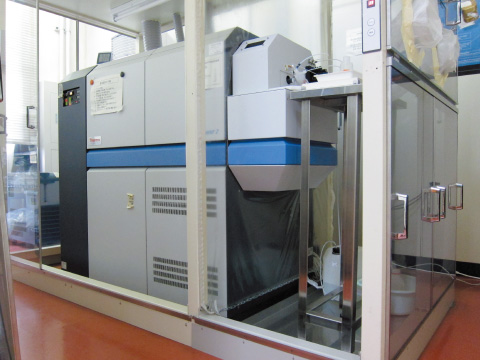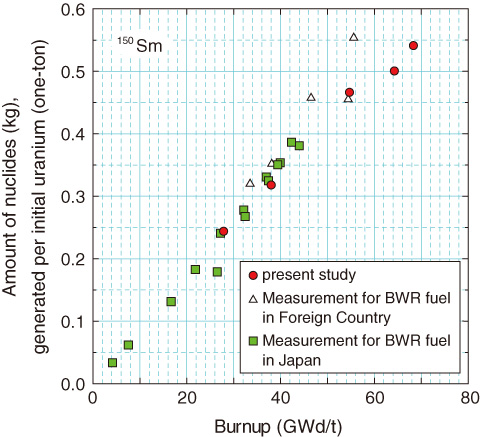
Fig.6-7 Induced coupled plasma mass spectrometry (ICP-MS)

Fig.6-8 Comparison of measurement between past and present studies for 150Sm as an example
The amount of nuclides in spent nuclear fuel (SNF) is a type of basic data used to evaluate the characteristics of SNF and radioactive waste. To establish a method of measuring it, we have been conducting experiments to assay the amount of fission products (FPs) in a boiling water reactor 9 × 9 fuel assembly during four years beginning in FY 2008. For handling the radioactive materials and because of the requirement for knowledge of the chemical separation of several elements, this experiment was conducted under the collaboration of several departments in the Japan Atomic Energy Agency.
Similar experiments have usually adopted a γ-ray measurement technique, but it is not applicable to stable isotopes. In some cases, after the ion exchange separation of elements, thermal ionization mass spectrometry (TIMS) was used. It has high accuracy, but we should be careful of the radiation dose control because it requires a relatively large quantity of the dissolution sample. Furthermore, for rare earth elements (REEs), the chemical separation and measurement procedure become too complicated because there are several isotopes that have the same mass number. Thus, it has been difficult to measure many samples or to measure repeatedly to reduce the measurement error.
To establish a method of assaying FP elements in SNF simply and quickly using a smaller amount of the dissolution sample of SNF, we have been studying an efficient FP measurement technique combining REE separation by ion chromatography and high sensitivity inductively coupled plasma mass spectrometry (ICP-MS) (Fig.6-7). In this study, we established a procedure for measuring FP nuclides by isotope dilution mass spectrometry with ICP-MS, measuring the isotopic ratio after chemical separation of REE.
This method enables us to separate neodymium, samarium, and gadolinium; the present results agree well with past experimental data obtained with TIMS (Fig.6-8). Using this method, we can obtain the required data by using a very small amount (less than 10 µg) of the resolved sample, so the problem of radiation dose control is reduced. In addition, it is a very efficient method that requires less than five days from the chemical separation to the measurement. This opens the possibility of obtaining reliable data by using repeated measurements and a larger number of samples. We plan to measure FPs other than REEs in a future program.
This work was conducted under a research contract with the Japan Nuclear Energy Safety Organization (JNES), “Measurement experiment of nuclide composition of fission products in spent fuel burnt in light water reactors, F.Y. 2008 to F.Y. 2011.”